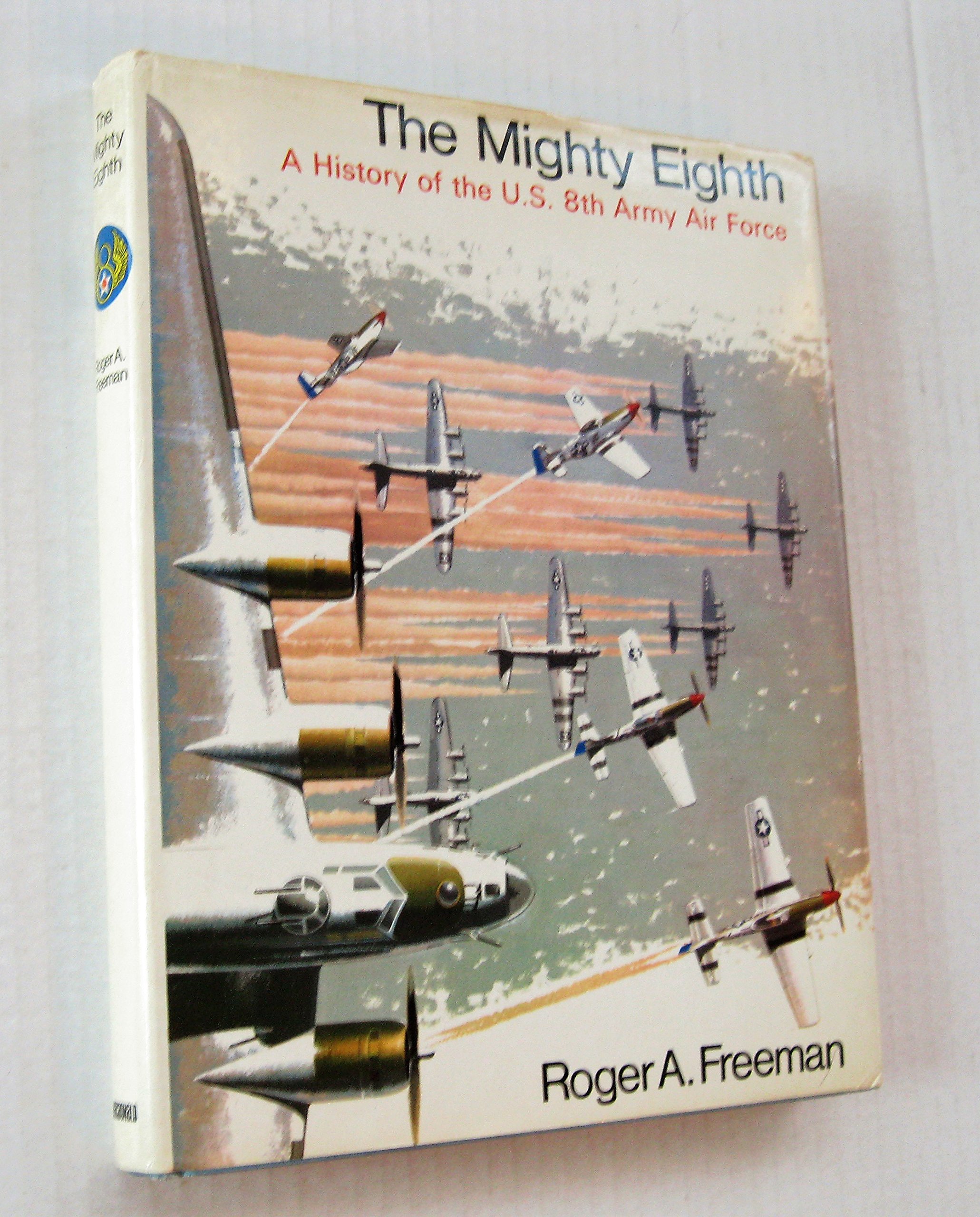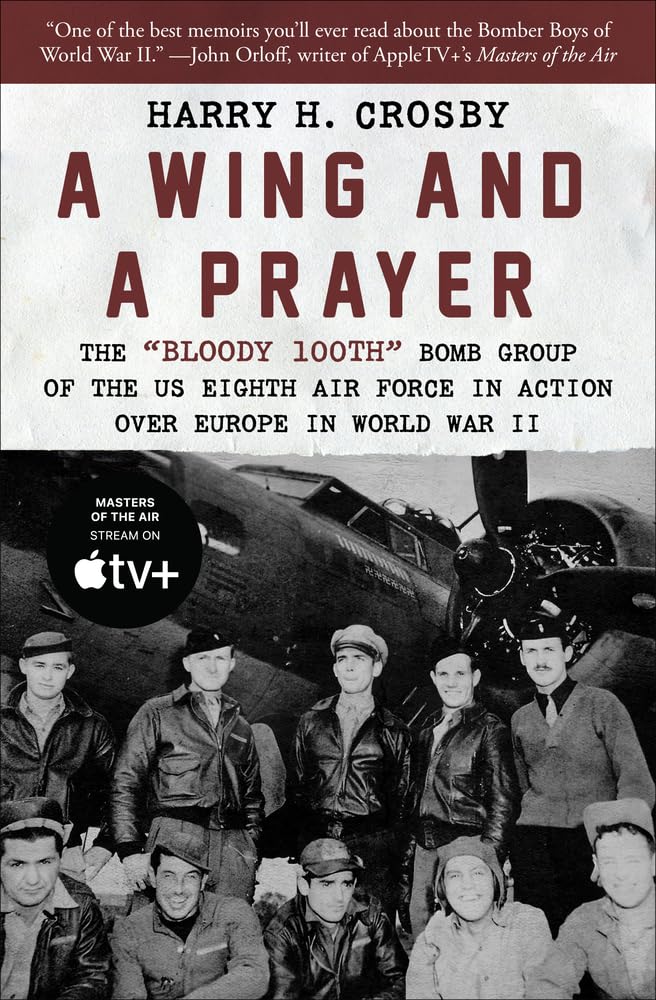Strategic Bombing Campaigns and Major Operations
The Eighth Air Force conducted some of the most significant strategic bombing campaigns of World War II, targeting critical enemy infrastructure, industrial facilities, and military installations across Nazi-occupied Europe. These operations were characterized by their scale, precision, and the extraordinary courage of the aircrews who flew these dangerous missions.
Notable campaigns included the Combined Bomber Offensive, which coordinated American daylight precision bombing with British nighttime area bombing. The Eighth Air Force's daylight missions were particularly challenging, as they faced intense fighter opposition and anti-aircraft fire while maintaining formation flying and bombing accuracy. Operations such as the Schweinfurt-Regensburg mission and the bombing of Berlin demonstrated both the capabilities and the costs of strategic air warfare.
The organization's tactical evolution included the development of escort fighter tactics, improved bombing techniques, and enhanced crew training programs. These innovations significantly improved mission success rates and crew survival, contributing to the eventual air superiority achieved by Allied forces over Europe.




